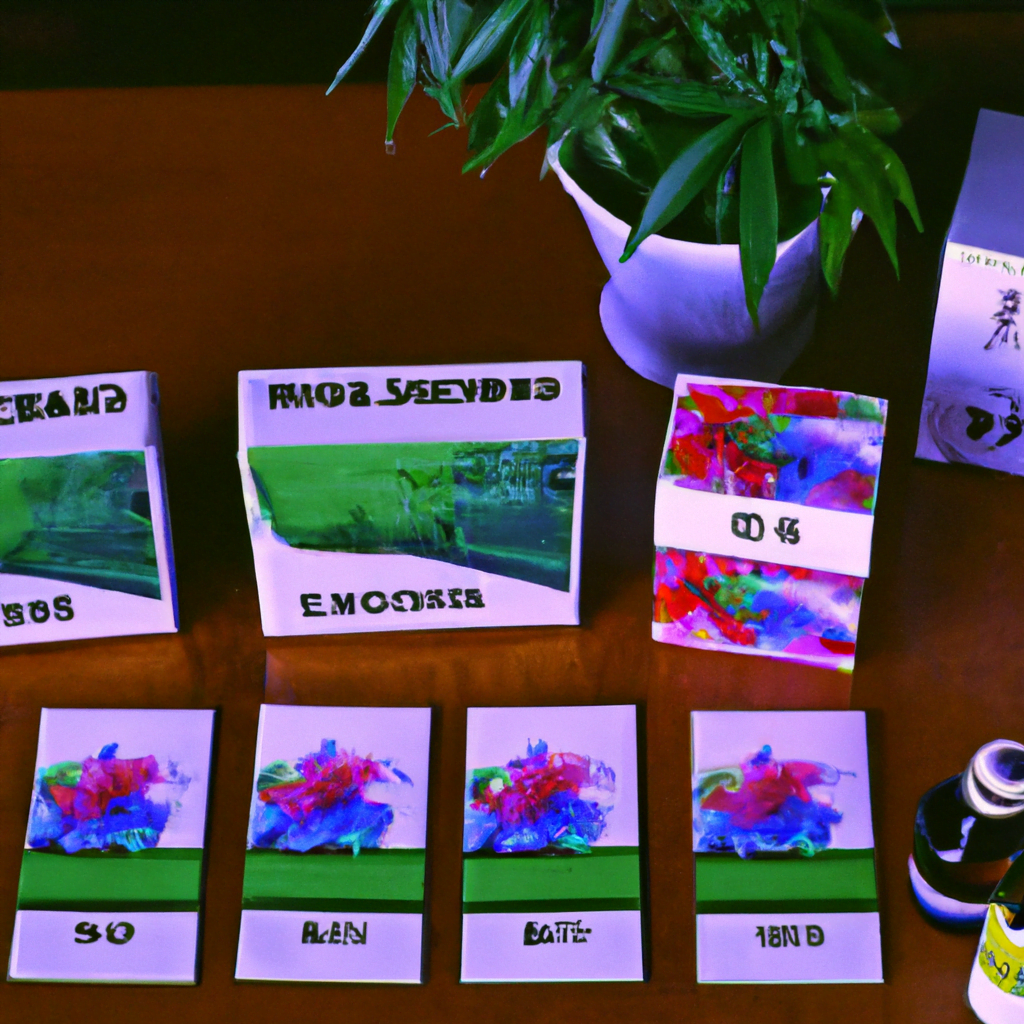Packaging for CBD and Cannabis Products: A Comprehensive Guide
The cannabis industry is booming, and with the legalization of cannabis and CBD products in many states, the demand for these products is only going to increase. However, with this growth comes the need for proper packaging to ensure the safety and quality of these products. In this article, we will explore the importance of packaging for CBD and cannabis products, the regulations surrounding it, and the different types of packaging available.
The Importance of Packaging for CBD and Cannabis Products
Packaging plays a crucial role in the cannabis industry, as it not only protects the product but also helps to maintain its quality and potency. Proper packaging can also help to prevent contamination and ensure that the product remains fresh and potent for longer periods.
Moreover, packaging is also essential for branding and marketing purposes. It is the first thing that customers see when they purchase a product, and it can influence their buying decisions. A well-designed and informative package can help to build brand loyalty and increase sales.
Regulations Surrounding Packaging for CBD and Cannabis Products
The cannabis industry is heavily regulated, and packaging is no exception. The regulations surrounding packaging for CBD and cannabis products vary from state to state, but there are some general guidelines that manufacturers must follow.
One of the most important regulations is child-resistant packaging. Many states require that cannabis and CBD products be sold in child-resistant packaging to prevent accidental ingestion by children. The packaging must also be tamper-evident, meaning that it must be clear if the package has been opened or tampered with.
Another important regulation is labeling. The label must include information such as the product name, the amount of THC and CBD in the product, the date of manufacture, and the expiration date. The label must also include any warnings or precautions, such as not for use by pregnant or breastfeeding women.
Types of Packaging for CBD and Cannabis Products
There are several types of packaging available for CBD and cannabis products, each with its own advantages and disadvantages. Here are some of the most common types of packaging:
Glass Jars
Glass jars are a popular choice for cannabis and CBD products because they are airtight and can help to maintain the product’s freshness and potency. They are also reusable and recyclable, making them an eco-friendly option. However, glass jars can be heavy and breakable, which can make them less convenient for travel.
Plastic Containers
Plastic containers are lightweight and durable, making them a popular choice for cannabis and CBD products. They are also affordable and easy to manufacture. However, plastic containers are not as airtight as glass jars, which can affect the product’s freshness and potency. They are also not as eco-friendly as glass jars, as they are not always recyclable.
Pouches
Pouches are a flexible and lightweight option for cannabis and CBD products. They are easy to store and transport, making them a convenient choice for on-the-go use. Pouches are also customizable, allowing manufacturers to create unique designs and branding. However, pouches are not as airtight as glass jars or plastic containers, which can affect the product’s freshness and potency.
Tincture Bottles
Tincture bottles are a popular choice for CBD products because they allow for precise dosing. They are also airtight, which helps to maintain the product’s freshness and potency. Tincture bottles are also easy to use, making them a convenient option for customers. However, tincture bottles are not as customizable as other types of packaging, which can limit branding opportunities.
Conclusion
Packaging is a crucial aspect of the cannabis industry, and it plays a significant role in ensuring the safety and quality of CBD and cannabis products. Proper packaging can also help to build brand loyalty and increase sales. Manufacturers must follow regulations surrounding packaging, including child-resistant packaging and labeling requirements. There are several types of packaging available, each with its own advantages and disadvantages. By understanding the importance of packaging and the different types available, manufacturers can make informed decisions that benefit both their customers and their business.
